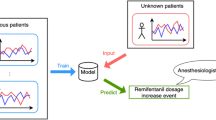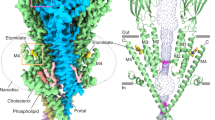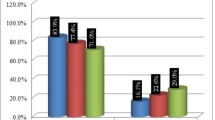Abstract
WHEN a relaxant is used in conjunction with a general anæsthetic, a new problem arises in assessment of the depth of anæsthesia: the reflexes which normally indicate returning consciousness and awareness of pain cannot appear if the patient is under the influence of a relaxant. Thus, if only reflexes involving voluntary muscle are used, it is possible, in the presence of a relaxant, for anæsthesia to lighten so that surgery is performed on a conscious paralysed patient without surgeon or anæsthetist being aware of the situation. This has been recorded more than once in human medicine, the patient having described the situation after the operation1. The same situation can occur in operations on animals when an anæsthetic is used in conjunction with a relaxant; but in this case the patient cannot afterwards direct attention to the mistake. Such circumstances produce problems with humanitarian and legal aspects for the veterinarian, as Finn2 has pointed out; they also complicate the interpretation of the pain clause for research workers holding a vivisection licence.
This is a preview of subscription content, access via your institution
Access options
Subscribe to this journal
Receive 51 print issues and online access
$199.00 per year
only $3.90 per issue
Buy this article
- Purchase on SpringerLink
- Instant access to full article PDF
Prices may be subject to local taxes which are calculated during checkout
Similar content being viewed by others
References
Clark, D. C., Brit. Med. J., ii, 1544 (1956). Graff, T. D., and Phillips, O. C., J. Amer. Med. Assoc., 170, 2069 (1959). Winterbottom, E. H., Brit. Med. J., i, 247 (1950).
Finn, C., Vet. Rec., 70, 290 (1958).
Author information
Authors and Affiliations
Rights and permissions
About this article
Cite this article
CROFT, P. Photomotor Reflex as an Indicator of Consciousness during Curarization. Nature 190, 726 (1961). https://doi.org/10.1038/190726a0
Issue date:
DOI: https://doi.org/10.1038/190726a0



